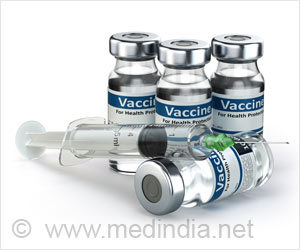The study, of 303 Catalan young people aged between 12 and 18, sought to establish how this age group’s diet had changed from March to May 2020, in terms of both eating behaviors and the products consumed. The goal was to collect data to ascertain whether the changes were different depending upon the quality of their diet prior to the pandemic and their socioeconomic position.
‘Public policies are needed to prevent a continued increase in nutritional and health-related inequalities.
’
For Aguilar Martnez, expert in adolescent nutritional health, “understanding how lockdown affected the quality of the diet of young people helps us determine which factors impact adolescents’ food-related decisions and behaviors”.
Differences due to Socioeconomic Position
The study shows how young people in more socioeconomically disadvantaged positions cut back on their consumption of cereals and vegetables and increased their intake of convenience foods.
The figures show that the risk of a worsening in the diet of this group is 21% greater for adolescents from other socioeconomic realities.
Bosque Prous notes how the figures point to “an increase in inequalities amongst a group already vulnerable before lockdown”.
Given the findings, continues this expert in public health, “the public administrations would do well to foster actions and policies that help prevent situations such as these or be better prepared for any future lockdowns”.
The data gathered in this study, said the researchers, “can be useful in the design of public health actions, programs and policies aimed at this group”.
With regard to the general changes noted, the study finds that 40% of young people have increased their consumption of fruit and 21.5% say that they have eaten a more varied diet. 39.3% have cut their consumption of sweets and pastries, 49.2% that of convenience foods and 49.8% that of sugary soft drinks.
On the other hand, 56% acknowledge having snacked between meals and having eaten those meals on a more irregular basis.
Nevertheless, the researchers stress that “there is a need to analyze whether these changes, which have arisen over a short period of time, will remain in place in the long term.”
Aguilar issues a warning, noting that adolescence is a critical period in the establishment and consolidation of lifestyles that affect both development and the prevention of diseases in adulthood.
This is why, she said, there is a need to “focus on the characteristics of more vulnerable groups when it comes to developing public policies and making recommendations on a healthy diet. They must be adapted to those at most risk and prevent any continued increase in nutritional and health inequalities”, she advocated.
Source: Eurekalert



